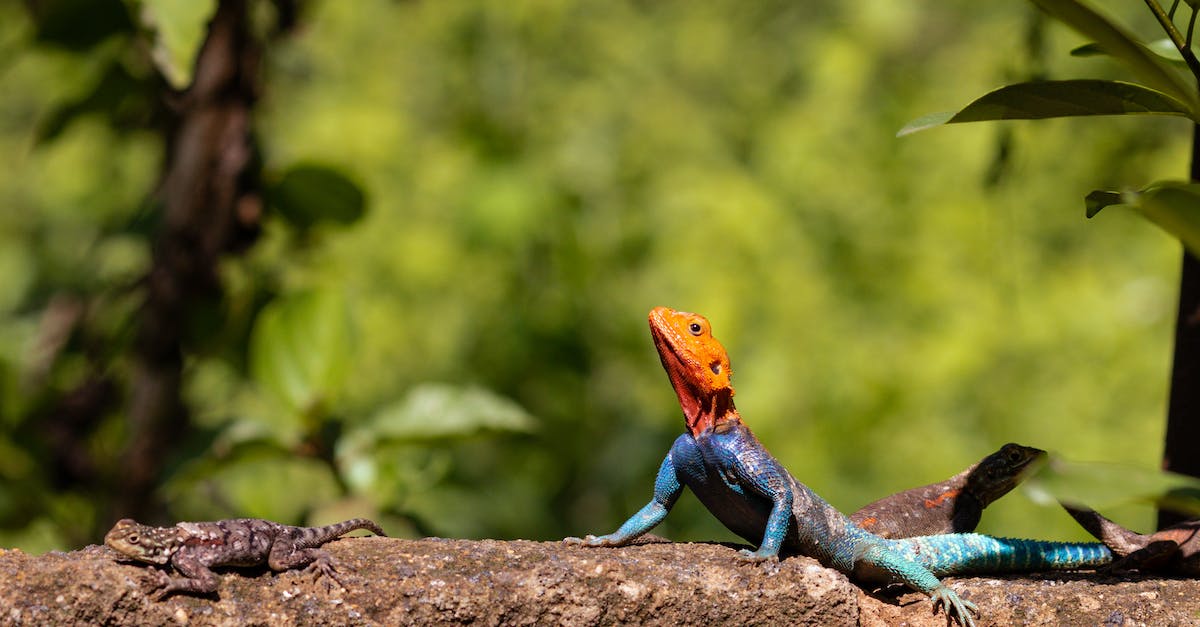Welcome to the wonderful world of reptile habitats! Whether you’re an experienced herpetologist or simply a beginner looking to learn about the best way to create a home for your pet reptile, we’ve got you covered.
Reptiles are among the oldest creatures on Earth, having first appeared on the planet more than 300 million years ago. A good reptile habitat is essential to keeping your pet happy and healthy, and there are some key tips you should know.
From choosing the right substrate to creating a comfortable temperature range, we’ll guide you through all the steps of creating the perfect reptile habitat. We’ll even provide a few fun anecdotes to keep you entertained along the way.
So, if you’ve got a pet reptile or are thinking of getting one, sit back, relax, and let us take you on a journey into the magical world of reptile habitats. Let’s get started!
Choosing the Right Tank
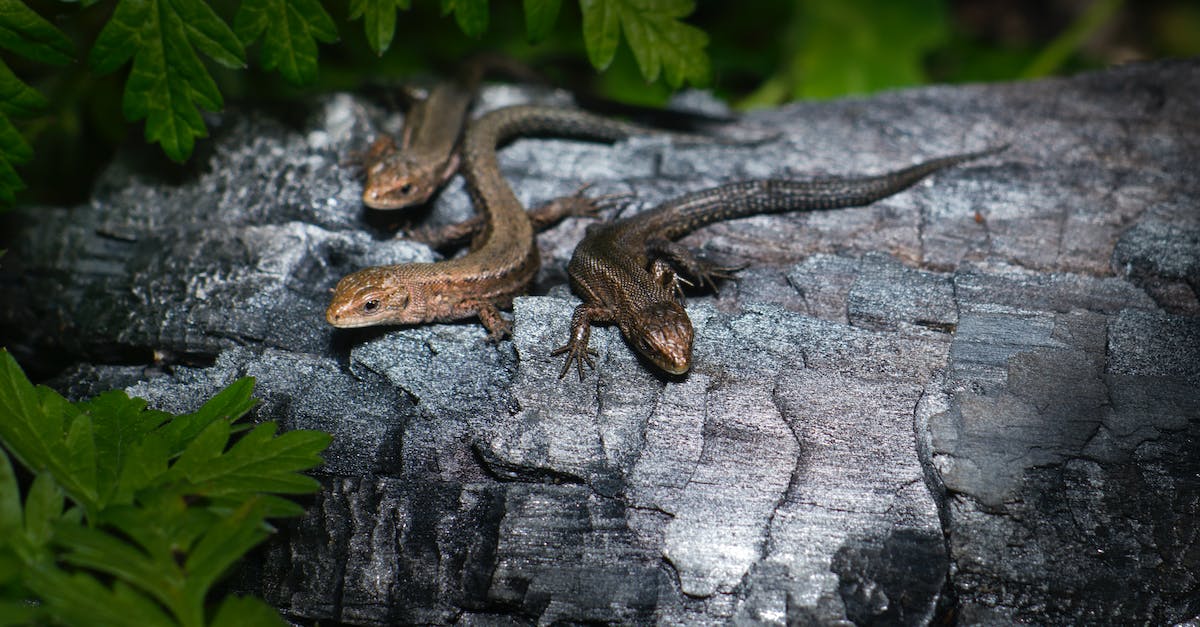
Are you ready to create the perfect reptile habitat? The first step is to choose the right tank. When selecting a tank, it’s important to select one that is large enough to accommodate your pet’s needs. A tank that is too small may not provide enough space for the reptile to move around and can lead to health problems. Consider the type of reptile you are housing and pick a tank that is appropriate in size. Additionally, make sure to pick a tank that has a secure lid to prevent escapes.
Heating the Habitat
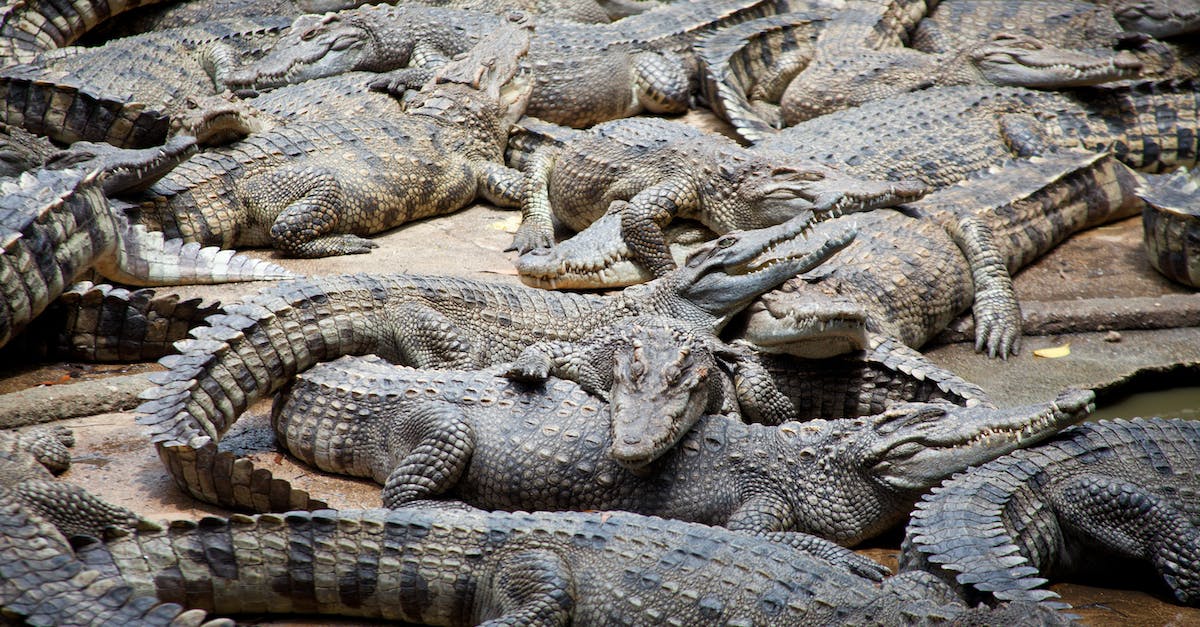
Heating your reptile habitat is a vital step when creating the perfect home for your scaly friend. Reptiles can be quite fussy with their temperature preferences, so having the correct heating setup is essential.
Choose the right heater
The heater you choose must be suited to your reptile’s needs. You should check the packaging on the heater to make sure it is suitable for the size of your habitat and the species of reptile you are housing. When in doubt, check with your vet or a specialist reptile store which can advise the best type of heater for your pet.
Position
Where you place the heater is also important. Ensure it is placed in an area where it will not be accidentally knocked over and that it is not in direct contact with your reptile. Place any thermostats or other equipment away from the heat source to ensure they are not damaged by the heat.
-

Beaded Dragon Fan Exclusive: ‘Original Hipster’ T-Shirt – Wear Your Unique Style with Pride – Unisex t-shirt
£13.00 – £20.50 Select options This product has multiple variants. The options may be chosen on the product page -

Chinese Water Dragon Aquatic Mastery Tee: Dive into Elegance with Our Exclusive Reptile Enthusiast Shirt – Unisex t-shirt
£13.00 – £20.50 Select options This product has multiple variants. The options may be chosen on the product page
Check regularly
It is important to monitor the temperature of your reptile’s habitat regularly. Different species will have different needs, so check the recommended temperature ranges for your reptile and adjust the heating accordingly.
Creating the perfect reptile habitat is not an easy task, but with the right heating setup, you can ensure your scaly friend has a happy and healthy home.
Lighting the Habitat
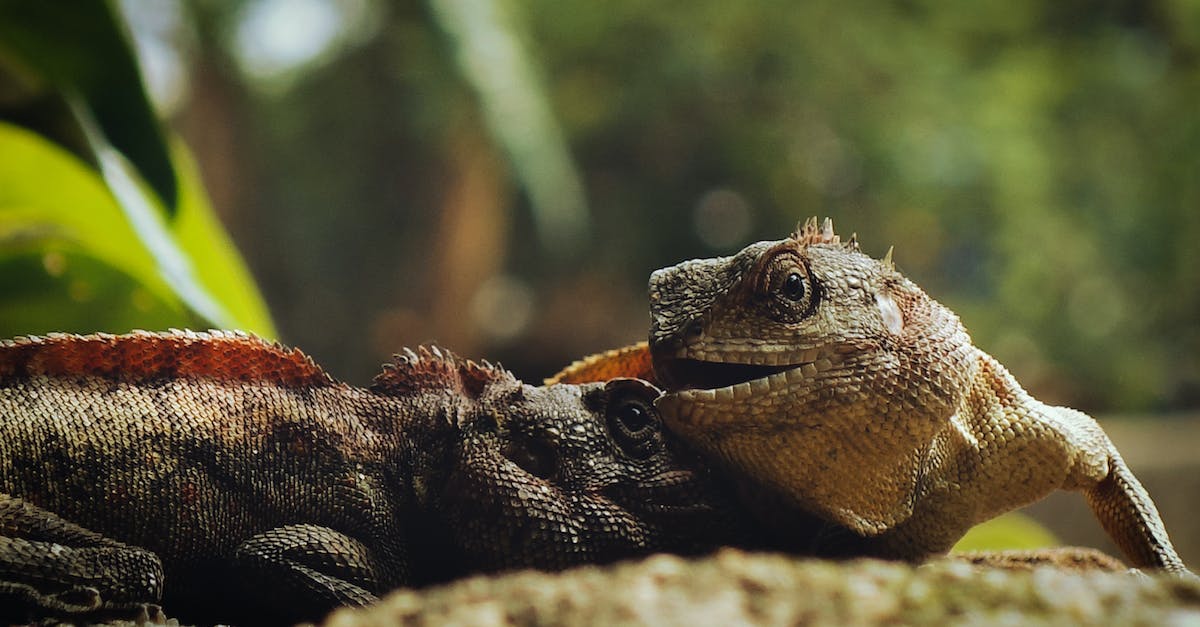
It’s time to light up your reptile habitat! Lighting plays a key role in keeping your reptile healthy and happy. But with so many options, it can be tricky to know what lighting is best for your pet. Here are some tips to help you choose the perfect lighting for your reptile habitat:
- Choose the Right Intensity: Reptiles need different levels of lighting depending on their species. For example, some require bright light to regulate their body temperature, while others need dim light to simulate their natural environment. Check with your reptile’s breeder or vet for specific recommendations.
- Choose the Right Color Temperature: Different reptile species require different color temperatures. For example, desert-dwelling species may need a blue or white light, while tropical species may require a yellow or red light. Again, ask your reptile’s breeder or vet for specific recommendations.
- Choose the Right Bulb Type: Reptiles need the right type of lighting to stay healthy. Bulbs come in a variety of shapes and sizes, so it’s important to choose the right one for your reptile’s habitat. Fluorescent lights are a great option for many reptiles, but some need special bulbs to provide the right amount of light.
These tips will help you find the perfect lighting for your reptile habitat. With the right setup, you’re sure to create a healthy and happy home for your pet!
Substrate
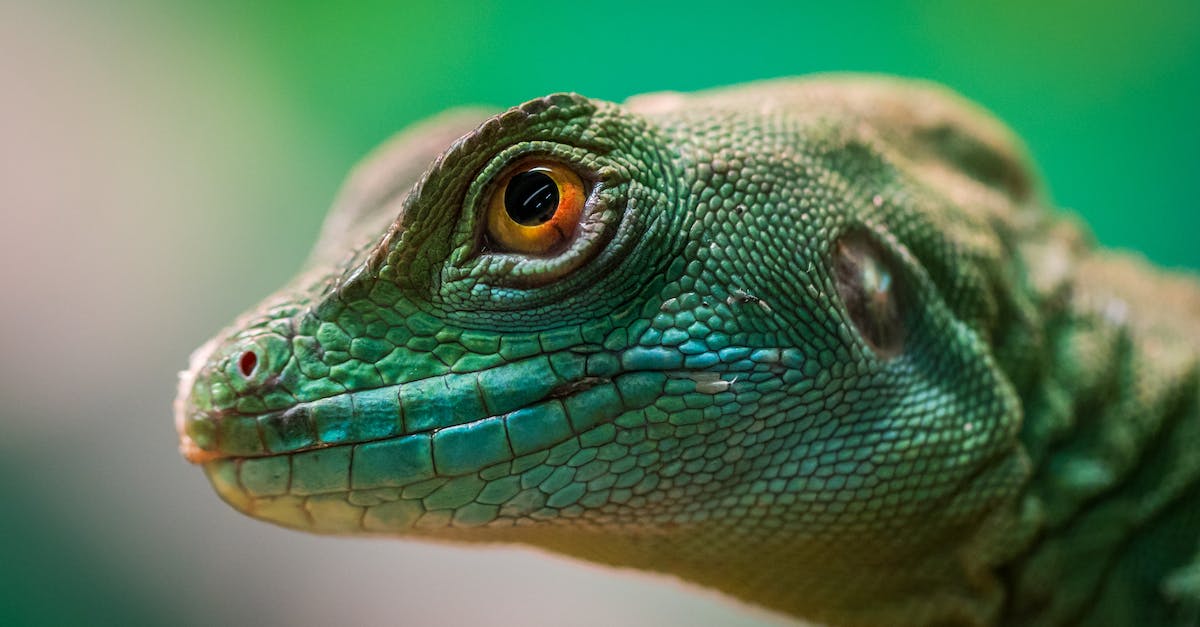
Creating the perfect reptile habitat requires careful consideration of many elements, and the substrate is one of the most important. Substrate is the material that lines the bottom of the habitat, such as sand, bark, and soil, and provides a comfortable and healthy environment for your reptile. Here are some tips for selecting and using the right substrate:
- Choose the right material – Different reptiles have different substrate requirements, so it is important to research the needs of your specific species. For example, some reptiles require a moisture-retentive material, while others require a dryer surface.
- Change it regularly – Reptiles can be messy, so it is important to keep their habitat clean by changing the substrate regularly. Depending on the species, this could mean doing it every week or even more frequently.
- Keep it natural – Avoid using substrate materials that contain artificial colors, dyes, or fragrances, as these can be harmful to your reptile.
- Watch for mold – If the substrate becomes too wet or stays damp for too long, it can start to grow mold, which can be harmful and unsightly. Make sure to keep the substrate clean and dry.
By following these tips, you can ensure that your reptile has a safe and comfortable habitat.
Decorations and Hiding Spots

You’re almost there! Decorations and hiding spots are essential components of any reptile habitat. Now it’s time to make it homely and inviting for your scaly friend.
- Provide plenty of places to hide: Your reptile needs places to hide and feel secure. Reptiles are naturally shy and like to have a secure spot to retreat to. A few hiding spots around the terrarium will make your reptile feel safe and secure.
- Add items of interest: Reptiles are naturally curious, so adding items of interest to the terrarium can provide stimulation and encourage exploration. Rocks, branches, driftwood, and even artificial plants can provide a fun and interactive environment for your reptile.
- Keep it natural: While artificial plants are a viable option, natural plants are always a great choice. Live plants can provide a more natural environment and also provide extra oxygen to the terrarium.
- Include a basking spot: Many reptiles like to bask in the sun. Providing a basking spot will give your reptile an opportunity to warm up and relax when the weather outside is too cold.
- Use caution when adding materials: When selecting items for your terrarium, be sure to use items that are safe for your reptile. Avoid items that are sharp or could potentially harm your reptile.
Water Source

Creating the perfect habitat for your cold-blooded companion is a rewarding endeavor, and no part of the habitat is more important than the water source. Here are some tips on providing the best water source for your reptile:
- Provide a shallow water dish. Reptiles need access to water every day, so make sure to provide a shallow dish that your reptile can easily access. Make sure to clean and replace the water on a regular basis.
- Choose the right size. Ensure the water dish is shallow enough for your reptile to easily access but deep enough that they can submerge completely if they choose.
- Consider using a filtered water dish. If you can, it’s best to use a filtered water dish, as this will help keep your reptile’s water clean and safe for drinking.
- Keep the water warm. Most reptiles require their water to be kept at a certain temperature, so make sure to provide a heat source for your reptile’s water dish.
- Provide a misting system. A misting system can help provide more humidity for your reptile’s habitat.
- Make sure the water is accessible. Place the water dish in an easily accessible area of the habitat, so your reptile can easily access it when they need to.
By following these tips, you’ll be well on your way to creating the perfect reptile habitat!
Maintenance and Cleaning
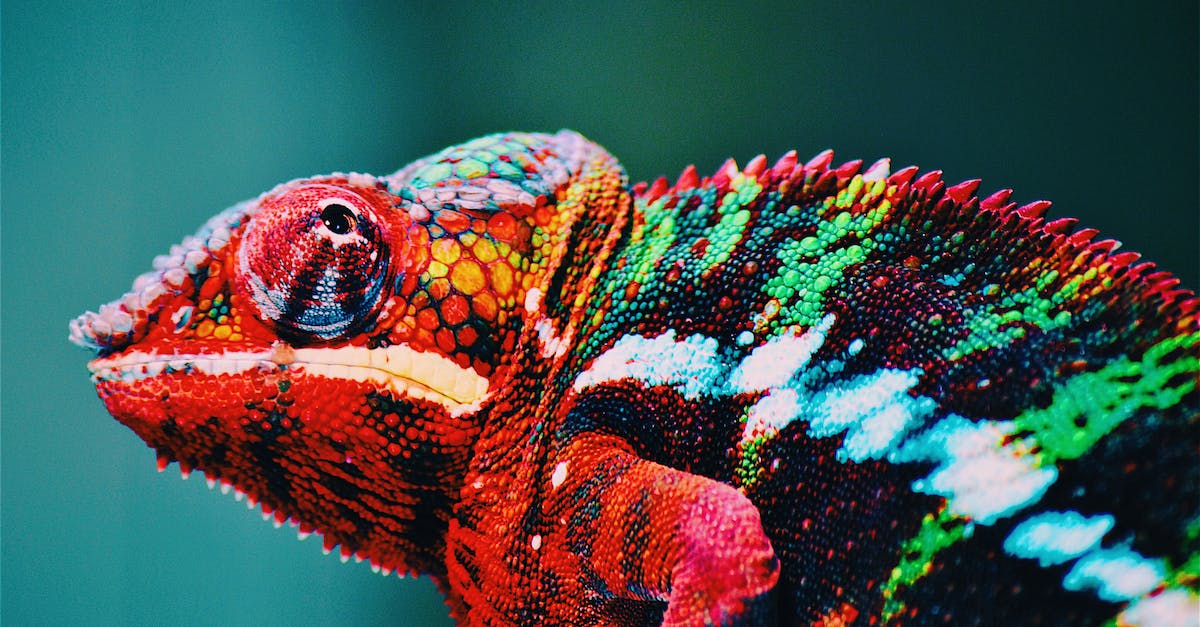
Cleaning and maintenance are key to keeping your reptiles happy and healthy in their habitat. You’ll want to make sure you stay on top of it, but don’t worry – it’s not as daunting as it sounds!
- Clean the habitat. Start by removing all substrate, waste, and uneaten food from the enclosure. This will prevent the buildup of bacteria and mold, which can be harmful to your pet’s health. Then, thoroughly clean the enclosure with a reptile-safe disinfectant, and rinse it with water.
- Change the water. Your reptile will need a source of fresh water, so make sure to change it regularly. The water should be free of chlorine and other contaminants, so use a filtering system to ensure it’s safe.
- Clean the decorations. Reptiles love to explore and climb, so you should clean any decorations in the habitat regularly. Remove them from the enclosure and scrub them with a reptile-safe cleaning solution. Then, rinse them with water and re-arrange them in the habitat.
- Check for pests. Reptiles can be susceptible to pests, so you’ll want to check for any signs of them regularly. Look for signs of mites, bugs, or other unwanted visitors. If you spot any, use a reptile-safe pesticide to get rid of them.
- Replace the substrate. The substrate in your reptile’s habitat should be replaced every few months. This helps keep their environment clean and also encourages their natural behaviors.
- Inspect the enclosure. Take a look inside the reptile’s habitat every few days. Check for any signs of wear and tear, and replace any parts that have become damaged.
- Monitor your pet. Spend some time observing your reptile each day. Look for signs of ill health, and make sure they’re eating and drinking normally.
By following these tips, you’ll be able to create the perfect habitat for your reptile companion!
Monitoring the Environmental Conditions
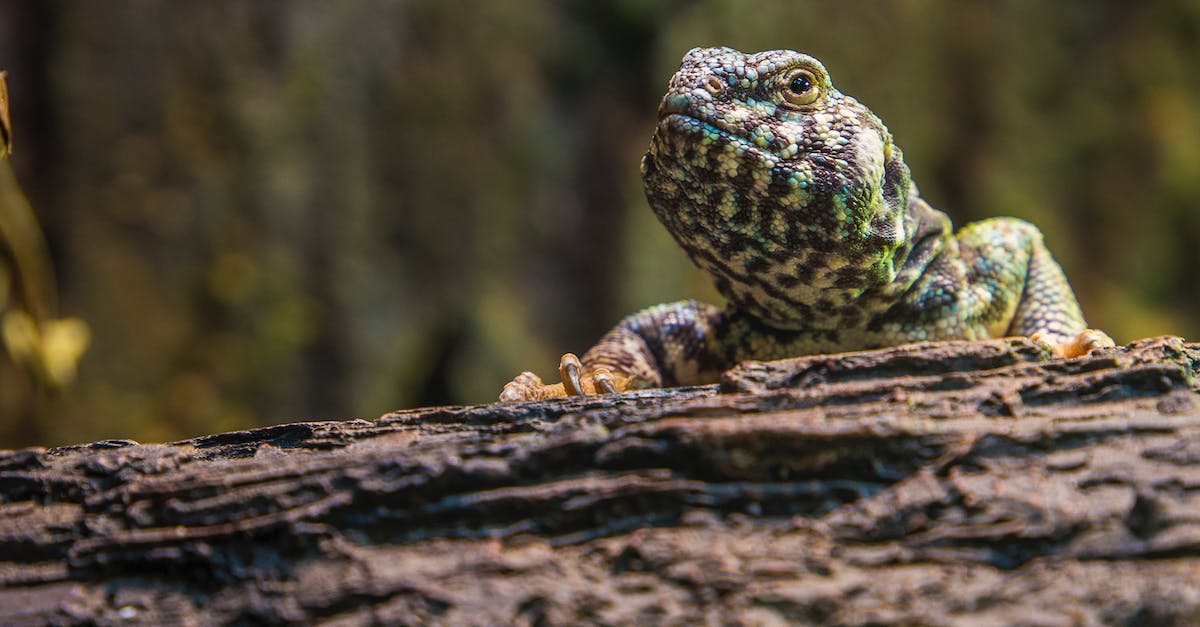
You’ve thought of everything to create the perfect reptile habitat – the right substrate, the right lighting, and the right humidity levels. But it doesn’t stop there. To ensure your pet is living in optimum conditions, you need to monitor the environmental conditions.
Check the Temperature
• Use a thermometer to measure the temperature in the enclosure
• Ensure the temperatures are in the ideal range for your pet
• Take readings frequently to ensure the environment is consistent
Check the Humidity
• Place a hygrometer in the enclosure to measure the humidity
• Regularly check the levels to ensure your pet’s habitat is at a suitable humidity
• Make adjustments as needed to keep the environment comfortable
Monitor the Lighting
• Use a timer to control the lighting in the enclosure
• Ensure the lights are on for the appropriate amount of time
• Replace the bulbs as needed to ensure your pet is exposed to the correct amount of light
Check the Substrate
• Monitor the substrate to ensure it is clean and free of debris
• Replace the substrate as needed to maintain a healthy environment
• Make sure the substrate is not too wet or too dry
By monitoring the environmental conditions of your pet’s habitat, you can be sure your reptile is living in an environment that is comfortable and healthy.
Conclusion
Creating the perfect habitat for your reptile is a rewarding and exciting experience. With the right combination of substrate, lighting, and accessories, your reptile will be able to relax and thrive in a safe and comfortable environment. By understanding the basic needs of your reptile, you will be able to provide the perfect home for your scaly friend.
Your reptile is sure to be delighted by the new home you have created for them. Whether it’s a desert, arid, or tropical setup, there is no limit to the possibilities that can be created. With the right accessories, you can make sure your reptile will feel safe and secure in its habitat.
By providing the right environment and setting, you can ensure that your reptile will be happy and healthy. With the right combination of substrate, lighting, and accessories, you can create a perfect habitat that will keep your reptile comfortable and content. So take the time to understand your reptile’s needs and create a home that is tailored to their needs.

